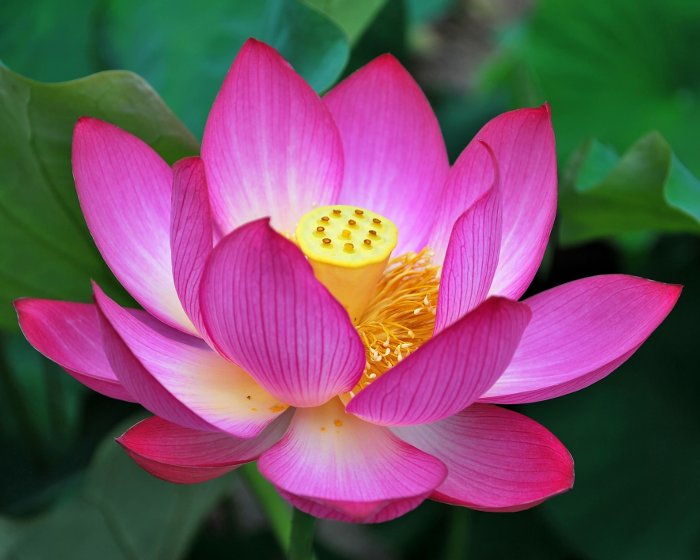- Home
- National symbols of India
- National Flower of India
National Flower of India
National Flower of India:
Quick Facts
National flower of India: Indian Lotus
Scientific Name: Nelumbo Nucifera
Kingdom: Plantae.
Family: Nelumbonaceae
National flower of any country
shows the geographical areas of the country. Lotus is the National flower of
India. It is also known as Padma in Sanskrit and has a very scared place in the
Indian culture and History. The National flower of any country should reflect
country’s culture, tradition and history. It also upholds the image of the
country in the world. Lotus being the National flower of India occupies a
unique place in the art and mythology of our ancient India. National flower of any country is a very important National Symbol.
Lotus also known as Nelumbo
Nucifera is a aquatic plant with wide leaves and flower are above water and the
remaining parts of the plant are under the water. Lotus also known as Padma in
Sanskrit plays a very role in Indian religions like Hinduism, Buddhism Sikhism
and Jainism. According to Indian religions Lotus symbolises purity of heart and
mind. Even after growing in dirty and murky water Lotus stands for purity. It
is also regarded as symbol for many God and Goddess in Hinduism.
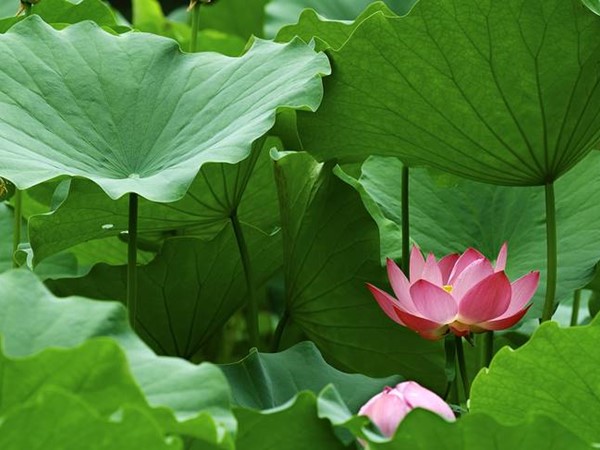
Scientific classification of Lotus
The scientific classification of Lotus:
Kingdom: Plantae
Subkingdom: Viridiplantae
Superdivision: Embryophyta
Division: Tracheophyta
Subdivision: Spermatophytina
Class: Magnoliopsida
Superorder: Proteanae
Order: Proteales
Family: Nelumbonaceae
Genus: Nelumbo
Species: Nelumbo nucifera
Classification and Distribution:
Lotus belongs to Nelumbo genus and
often confused with water lilies of genus Nymphaea. Indian Lotus is distributed
widely in central and Northern India. Being the native of East Asia, the Indian
Lotus is widely seen India, Bangladesh, Myanmar and Sri Lanka. It is also
distributed in northern and eastern Australia. Lotus is National flower of
India and also Vietnam. In Egypt also the Lotus flower is considered as sacred
because they are considered as symbol of God.
Cultivation of National Flower of India-Lotus
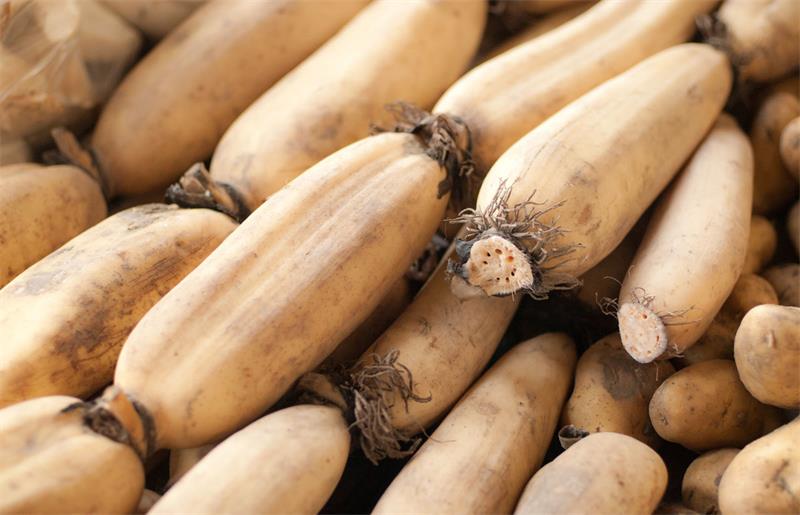
Lotus requires
rich loamy soil. A part of the rhizome with at least one eye is planted in
ponds and lakes. The other methods of propagation are through seeds and buds.
The seeds must be exposed to sun for at least 6 hours every day and the
temperature required for growing lotus is between 25-30oC. April to
September is the growing season for the lotus. During winters the roots are
frozen and stored in a dry cool place.
It takes approximately 10 days to make a dry field ready for growing lotus. First the field is ploughed later manure is applied. The water level at the field is kept low till the plant grows to certain height after that the water level is increased. It takes two to three months for the stolen to be ready for harvesting.
The stolen is pulled out of water slowly by shaking in the water.
After three months of harvesting one can see beautiful leaves and flowers of
the lotus. Flowers are picked every two days ones in summer and every three
days ones in winter. The rhizome is ready to eat after eight months of
harvesting. The tasty and the starch rich rhizome can be easily dug out from
the drained soil.
Uses of Lotus Plant
Every part of the lotus plant is very useful both for medicinal purpose and for economic purpose. Based on the usage of lotus it is classified into three types of namely rhizome lotus, seed lotus and flower lotus.
The rhizome is a very important
part of Lotus. It is consumed as a vegetable in places like India, China and
Japan. Rhizome is starch rich food which has a sweet tangy taste. The mature
leaves are mostly used for packing and the Rhizome, and the leaf stalks are used
in soups, salads. It is rich in fibre, contains
Vitamins like B1, B2, B6, and C, essential minerals like potassium, manganese,
phosphorous and copper.
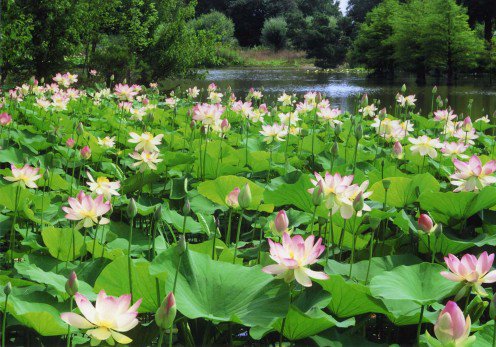
The lotus seeds are also highly nutritious and are eaten as nuts and can also be consumed raw seeds. Lotus seeds are rich in Vitamins which include B1, B2, B6 and Vitamin E. Lotus seed tea is consumed in Korea and lotus embryo is consumed in China and Vietnam.
Lotus seed is used in various food forms like
fermented wine, rice, makana or popcorn.
Lotus leaf is also consumed in countries like China and Korea in the
form of Lotus leaf tea. It is also used as a wrapping for rice or other eating
dishes in many Southeast Asian cuisine. Some of the parts of Lotus rhizome,
petals and leaves can be eaten raw but there are chances of parasite attack on
the body hence it is recommended to cook before eating.
Different parts of the Lotus plant
is used for curing many diseases. Rhizome, leaves and the seeds are used as
folk medicine, in Ayurveda, Chinese traditional medicine and the leaves are
used to cure diseases like Hematemesis, epitaxis and Hematuria and the flowers
are used for curing Diarrhoea, Cholera, Fever and Hyperdipisia. The lotus root
is to treat infections like diarrhoea and small pox. The lotus seed is very good
for cleaning kidney and spleen.
Lotus flower is also used in
wastewater treatment. As lotus flower is able to grow in various water
conditions it helps to remove polluting compounds and heavy metals present in
the water. The big leaves of the Lotus covers the top layer of water there by
it reduces sunlight to reach deep in water and thus reduces the growth of algae
in water.
Cultural and Religious significance of Lotus
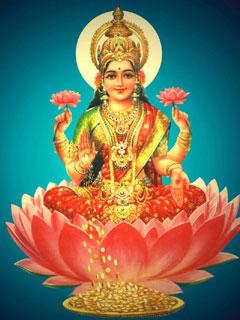
Since ancient times Lotus is considered as a sacred flower and it is a symbol of purity, immortality and divinity for most of the Indian Religions. It is considered as seat of Goddess Saraswati according to Hinduism.
Even many thirtankaras and
Buddhists are seated on the Lotus flower according to Jainism and Buddhism.
Buddhism further states that lotus flower even after growing on the murky and
muddy water comes out as pure in the same way human beings should come out from
all the detachments and physical desire and stand pure in their body, mind and
speech. Even many other religions have great respect to Lotus flower.
Reasons for choosing Lotus as National Flower of India
Lotus flower represents divinity, purity, fruitfulness and immortality. Lotus flower has a very old presence since ancient India. According to Bhagvad Gita and Vedas Just as how Lotus remains pure and untouched even after growing in the muddy waters in the same way human beings should rise and stand away from all the world attachments.
It also holds additional significance for Hindus as it is
considered as seat for Goddess Saraswati who is the Goddess for learning and is
often used in many religious practices. Because of the presence since ancient
period and also because of the noble meanings and cultural significance Lotus
was considered as National flower of India.
Update on coronavirus in India
Affiliate Disclosure:
If you make any purchase via a link on this site, I may receive a small commission with no added cost to you.
